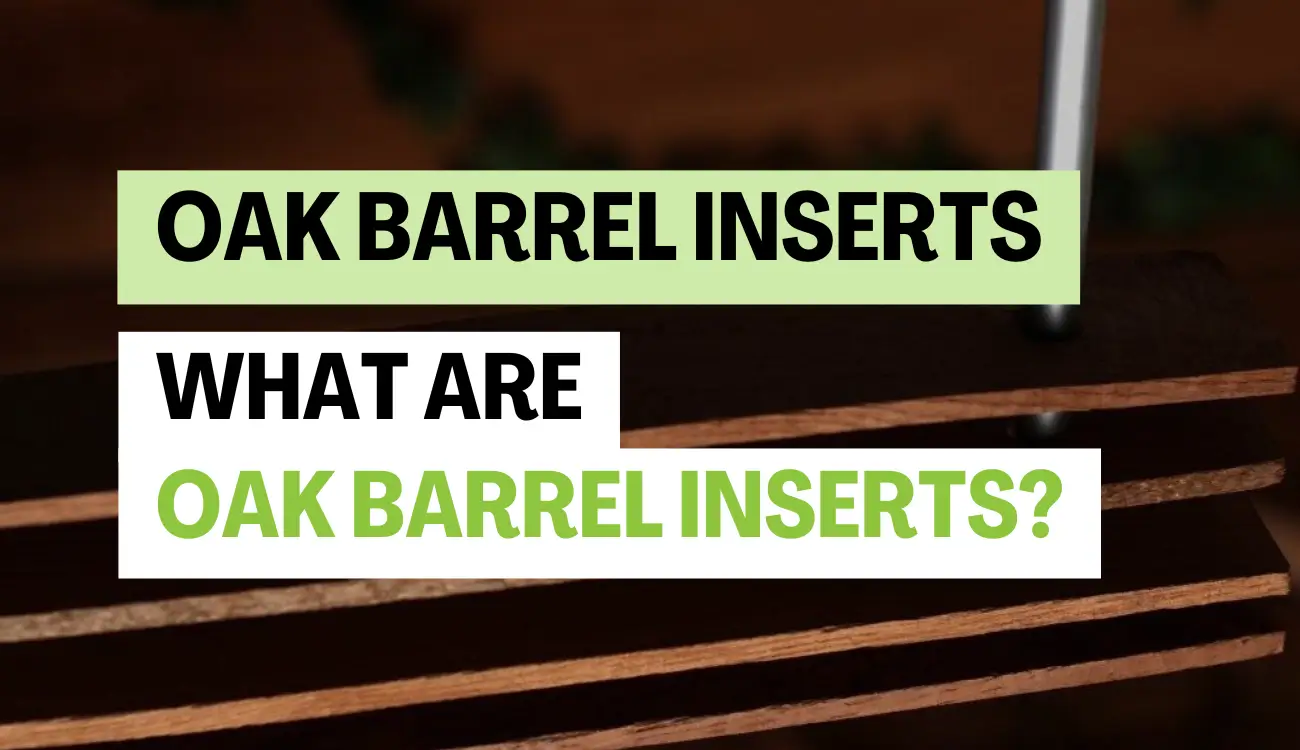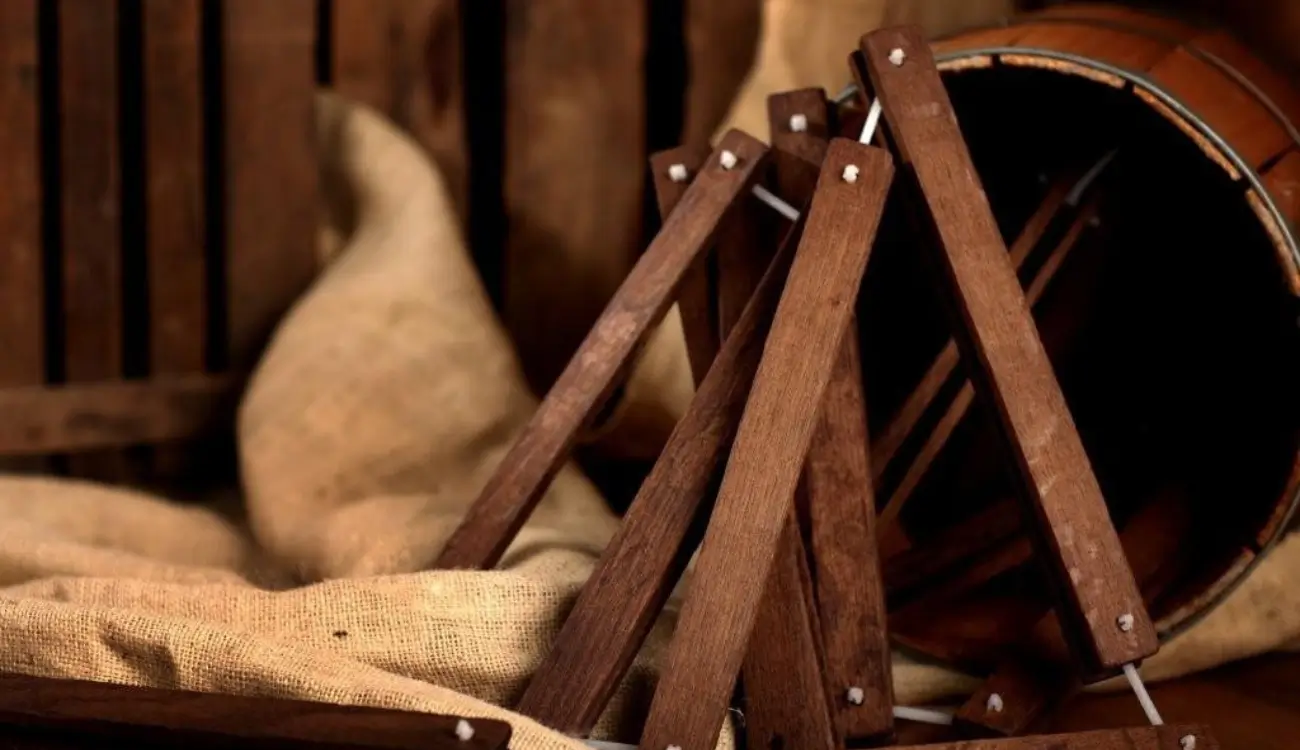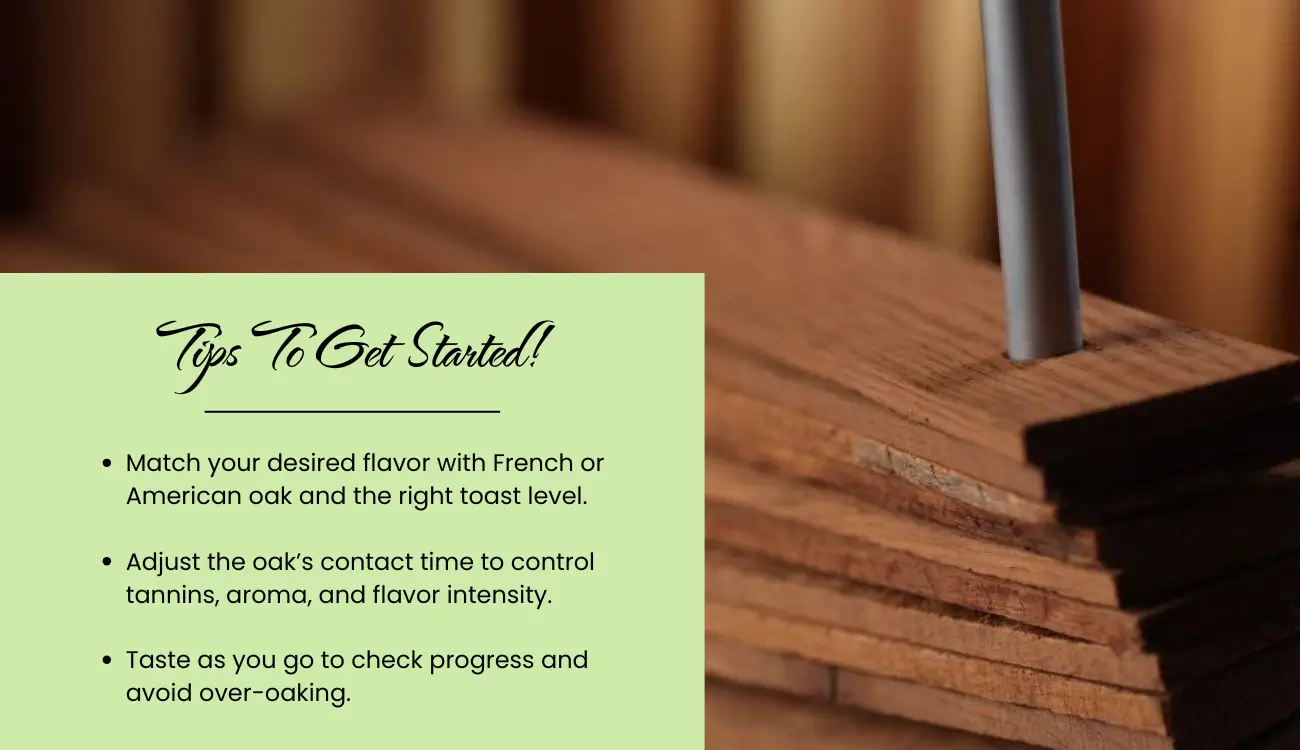What Are Barrel Inserts?
Oak barrels have historically played a major role in shaping a new wine and continue to do so today, but using full barrels isn’t always practical for every winemaker. Oak barrels are expensive, sometimes costing as much as $1000. Additionally, oak barrels are not very space efficient, as they take up a lot of warehouse space and can not even be an option for many home winemakers that lack the room.
This is where barrel inserts come in. These innovative oak alternatives allow winemakers to impart the richness of traditional barrel aging without the high cost, storage requirements, or long-term commitment of a full barrel.
Today, we’ll explore what a barrel insert is, how they differ from staves, how to use inserts, and the advantages they offer to winemakers.
Barrel Inserts Defined
A barrel insert is essentially a piece of oak—often shaped similarly to staves—designed to be placed inside a barrel, tank, or fermenter. Unlike a full barrel, the insert doesn’t hold liquid on its own; instead, it acts as an infusion tool, allowing wine to extract flavor, aroma, tannins, and color from oak during the aging process.
Barrel inserts are made from French, American, or other oak types, and they come in a variety of toast levels, depending on where you get them. Barrel inserts are fantastic for winemaking because they provide you with control over everything, such as the intensity of oak flavor, the contribution of tannins, aroma development, and even subtle changes in color and mouthfeel. This allows winemakers to experiment and fine-tune their wines without committing to a full oak barrel, making it an efficient and flexible option for both small-scale and larger production batches.
We offer both French and American barrel inserts in a variety of toast levels! Check them out here.
The Difference Between Inserts & Staves
While barrel inserts and staves may seem similar at first glance, there’s a key difference: barrel staves are usually long, narrow pieces of oak that make up the sides of a traditional barrel, whereas inserts are standalone pieces intended to be added to an existing barrel, tank, or container.
Staves are part of a permanent structure—the barrel itself—so using them means committing to that barrel for months or years. Inserts, on the other hand, are removable and reusable, allowing you to adjust contact time, swap toast levels, or experiment with different oak profiles without committing to multiple barrels. This makes them ideal for winemakers who want to fine-tune flavor and structure on a per-batch basis.
How to Use Barrel Inserts
Using barrel inserts effectively begins with selecting the right type of oak and toast level for your winemaking goals. Light to medium toasts can impart subtle vanilla, spice, and floral notes, while heavier toasts add richer caramel, chocolate, or smoky flavors. Once chosen, fully submerge the insert in your wine—whether in a traditional barrel or stainless-steel tank—to ensure consistent extraction across the batch.
As with all oak alternatives, monitoring is key. Remember to always taste your wine regularly to track changes and adjust as needed. One of the major benefits of inserts is their removability, allowing you to stop extraction once your desired profile is achieved. Afterward, clean and sanitize the inserts carefully, as most can be reused for multiple batches, making them a flexible and cost-effective alternative to traditional barrel aging.
Barrel Insert Benefits
Using oak barrel inserts comes with several benefits that make them an appealing option for modern winemakers. Let’s take a look at a few of those benefits below:
1. Cost-Effective Aging: You get the flavor and tannin contributions of a barrel without the high upfront cost.
2. Control & Flexibility: Adjust contact time, toast level, or oak type per batch to achieve your desired flavor profile.
3. Space-Saving: Inserts require significantly less storage space than full barrels, making them perfect for small wineries or home winemakers.
4. Consistency: Because inserts are removable, you can replicate results across batches more easily than relying on traditional barrel aging.
Take Advantage Of A Great Wine Addition!
Barrel inserts are not just a convenient alternative—they are a valuable tool for winemakers who want flexibility, precision, and consistency in oak aging. By incorporating inserts into your winemaking process, you can experiment with different oak profiles, achieve your desired flavor and mouthfeel, and even optimize production costs.




